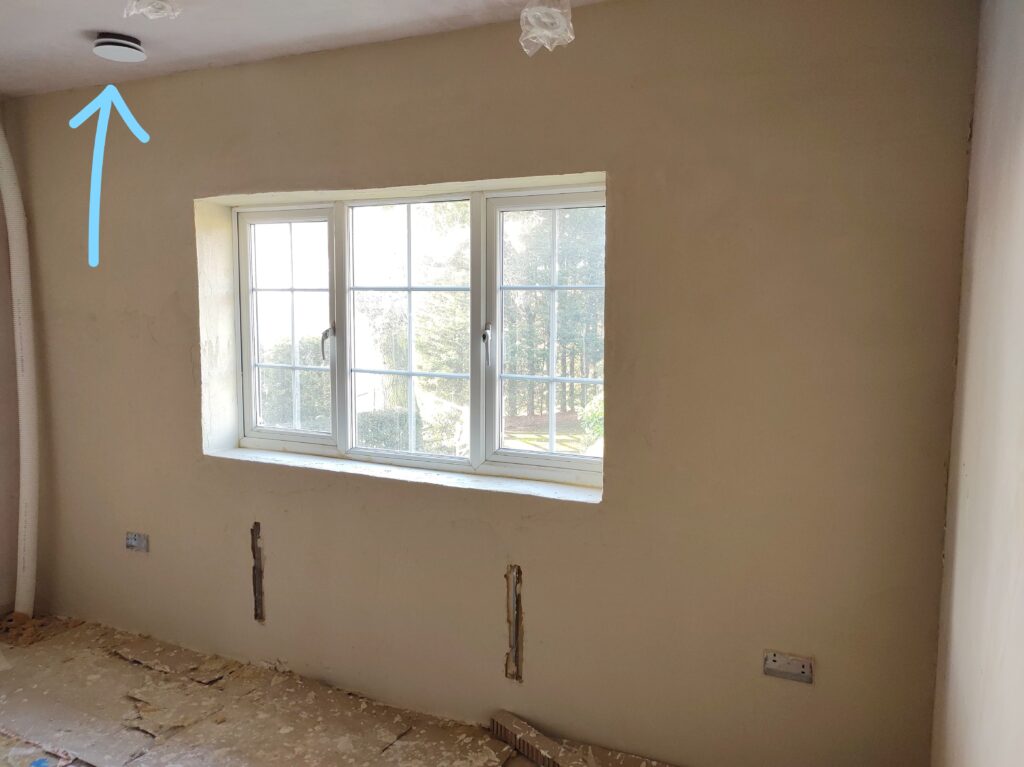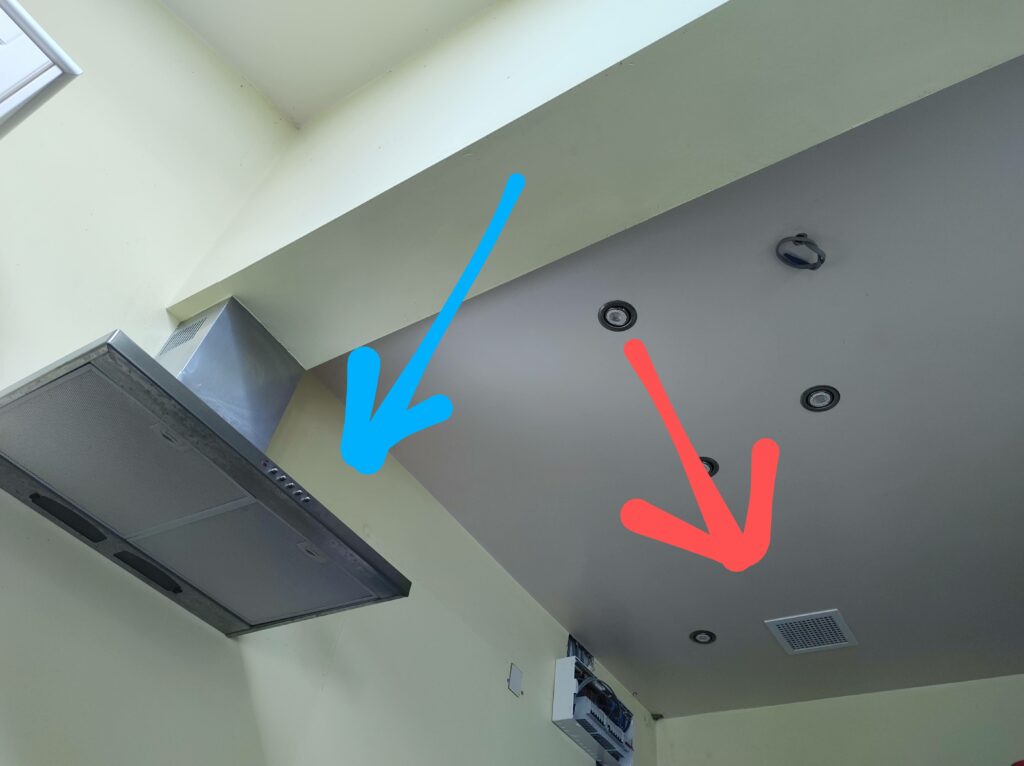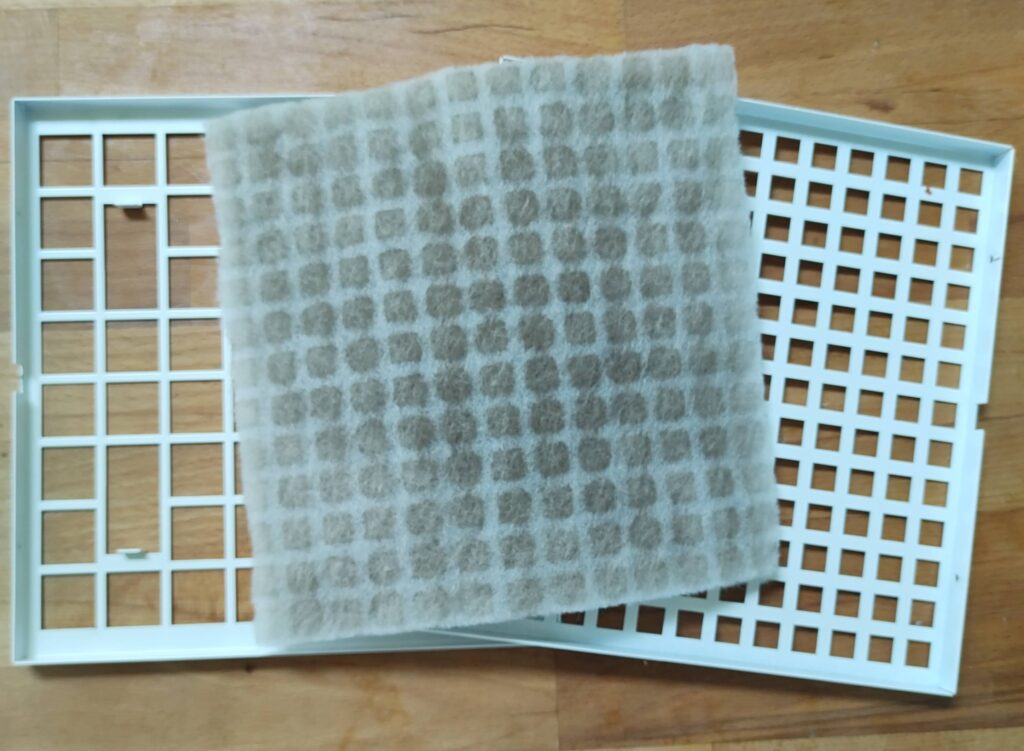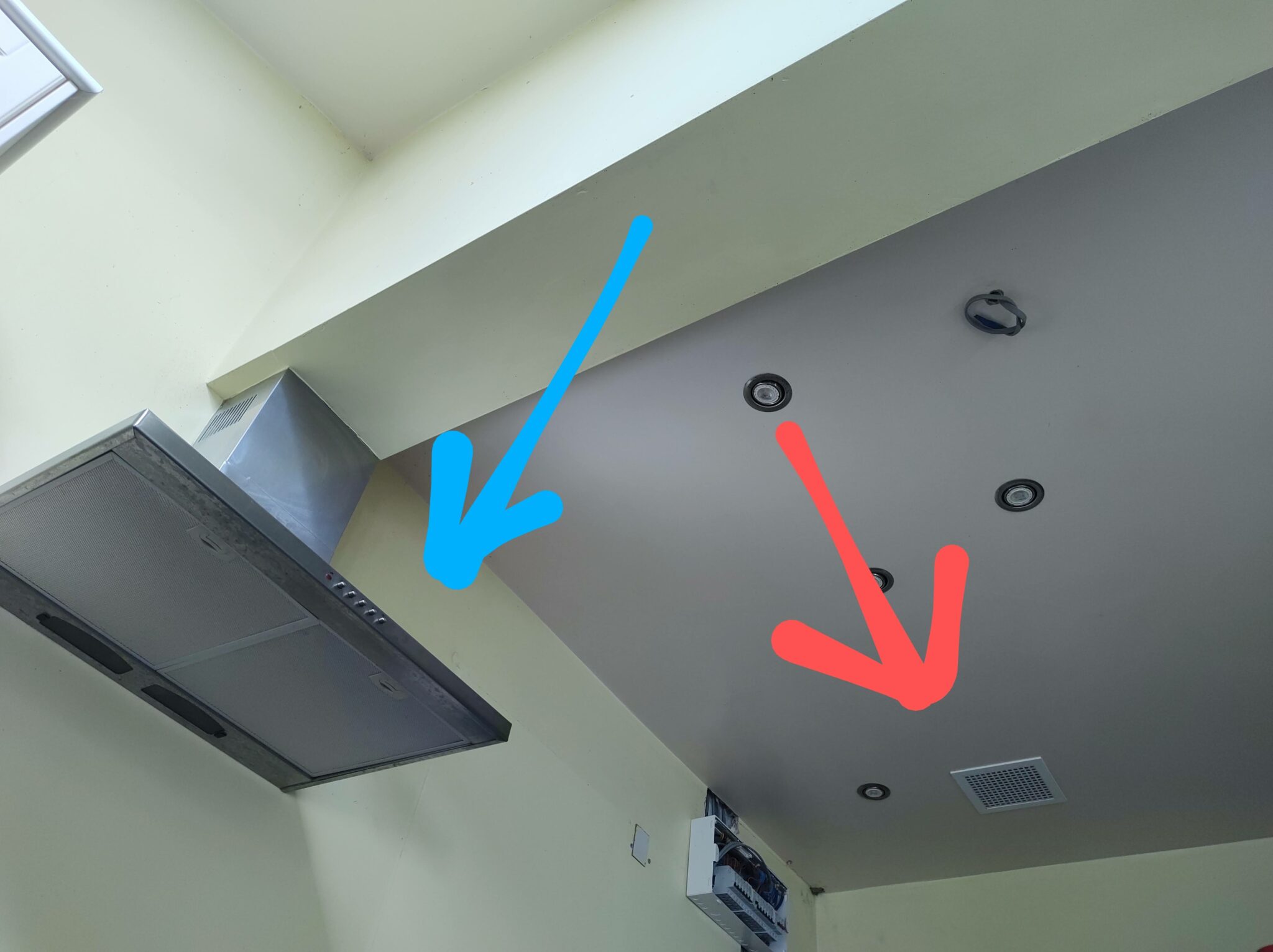This article will explain MVHR’s compatibility with other mechanical services within the home such as underfloor heating, air conditioning, heat pumps and cooker hoods. An MVHR system is a future-facing home technology that will help achieve the UK’s low carbon climate change goals, so it’s important that it works well.
MVHR and underfloor heating
An MVHR system is highly compatible with underfloor heating. MVHR systems help to move air between rooms, helping the heat from the floor to disperse to all rooms.
MVHR air extraction pulls warmth across and towards the top of rooms, helping to keep the air moving from the floor, whilst MVHR air input pushes air downwards, helping to keep the warmth in rooms for longer.

MVHR and Air Conditioning
An MVHR system is compatible with Air Conditioning (AC), but with a significant caveat: it must be an MVHR that is “smart” enough to detect seasons – ie, to know when it is summer outside. The more premium MVHR units have seasonal detection built in, but the more basic brands don’t.
With seasonal detection, a smart MVHR can detect when it’s hot outside and cool inside when the AC is meant to be on, and consequently they will flip to become a Cool Exchanger, recovering the AC cooling back into the home.
A “dumb” MVHR will not make this logic, and will detect only that it is cold in the home and seek to warm the home back up – battling against the AC system to heat the home when we want it cool, which is wasteful of both money and cooling.
It’s very important that if you are installing or planning to install AC that you carefully select your MVHR system. We can advise on the best MVHR brands to choose with AC – please contact us to discuss.
MVHR and Air Source Heat Pumps
MVHRs are highly compatible with heat pumps, and can even be linked to an MVHR to provide heating or cooling via air through the MVHR system (please contact us to find out more on this).
An Air Source (ASHP) or Ground Source Heat Pump (GSHP) works most efficiently when it’s providing low temperature heating. An MVHR system recovers much of the warm air normally lost in the ventilation process or via cracks and gaps in the building fabric to bring the heat back into the home, so an MVHR is helping the heat pump to not work as hard and stay optimised.
A heat pump is also generally used in an energy efficient, airtight home, and an MVHR is important in airtight homes to prevent mould, condensation, stale air and pooling of pollutants indoors such as chemical VOCs from cleaning products, glues and furniture.
MVHR and Cooker Hoods
An MVHR is compatible with a kitchen cooker hood, with a few caveats. There are two main types of kitchen cooker hoods: one is recirculating, so it runs the greasy air during cooking through a carbon filter and returns the air back into the kitchen, and the other is extracting, so it sends the greasy air directly outside.
Please note, a kitchen extractor fan is a different system: this is a fan in a wall or window that ventilates a kitchen – a kitchen extractor fan is not needed when you have an MVHR system.
If a recirculating cooker hood is used, the MVHR system is entirely compatible. It’s a good idea to put a grease filter on the MVHR valve in the kitchen as it stops grease getting into the air duct. Our ventilation designers include a special kitchen valve with removeable grease filter in all of our MVHR systems.

If a cooker hood with extraction is used, the MVHR will be temporarily imbalanced when in use, as it’ll be pulling air from the home. In short periods this is okay, and better than the alternative of having airborne grease getting into the MVHR or lingering in the home.

MVHR and Fireplaces
An MVHR requires a relatively airtight home (although the requirements for building airtightness are over-stated according to research). Most homes are airtight enough for an MVHR system.
A traditional fireplace with a chimney breast is typically not airtight, as it requires at least one air brick in the home to draw in air to feed the fire. To build a low energy home it would have to be blocked up or removed.
Modern stoves larger than 5kW output also require airbricks, so if you’re considering MVHR in a home with a fireplace, consider installing a smaller (3kW or lower) stove that’s room-sealed and has a dedicated air supply feed for the flames. An alternative to an indoor fireplace is an outdoor fire pit – it can create a useful outdoor living area and will still provide the warm glow that we love.
Finally, if you do have a wood-burning stove with a dedicated air supply, the Zehnder MVHR range has a “Fireplace mode” to ensure the home is always slightly positively-pressurised.
If you are researching an MVHR for your home and have found this guidance helpful, please use our Contact Page to send us an email if you have any questions or queries about MVHR.

I am just researching air to air sourced heating to eventually replace my Johnson Starley warm air boiler. The under floor ducting was originally installed in the mid 1960s and is in very good condition. there is 10 to 12 outlets heating 8 rooms so I think it will need a lot of air. Will an air to air sourced het pump link into the original ducting and produce enough heat as my present system.
Regards Tom
Hi Tom,
It’s hard to say based on the description, but if it’s designed and sized by a reputable heat pump supplier I see no reason it wouldn’t be entirely compatible with your underfloor heating.
It’s best to get in touch with a heat pump supplier in your area.
Best wishes,
Patrick
Hello Tom
Any chance of a conversation please as we’d like to link warm air heating to an ASHP and it sounds like you’ve already pursued this course.
The email address below will just let us establish contact and then I’ll give you my real email once we’re in touch.
Thanks very much and I look forward to hearing from you.